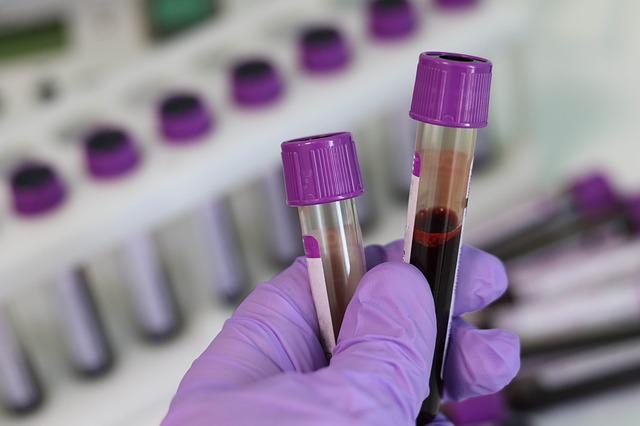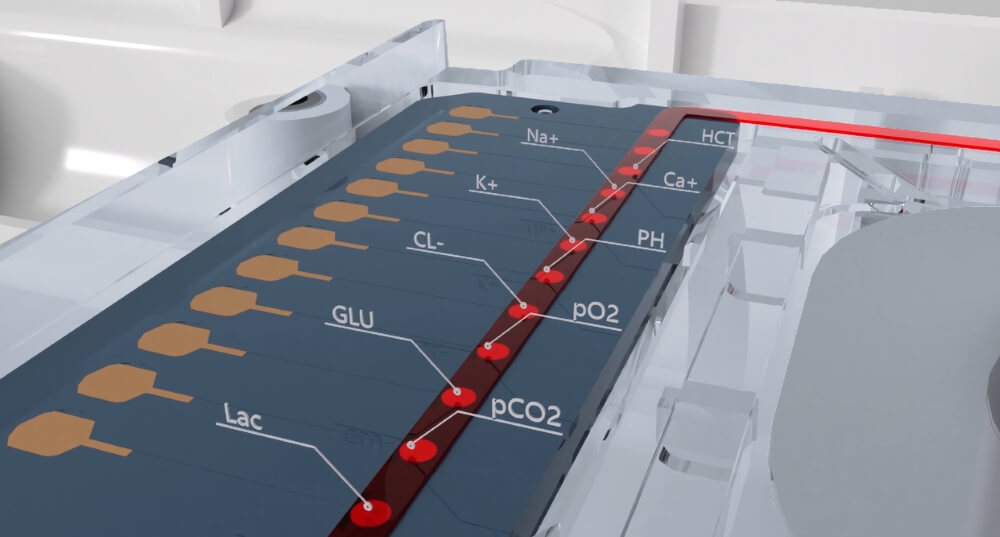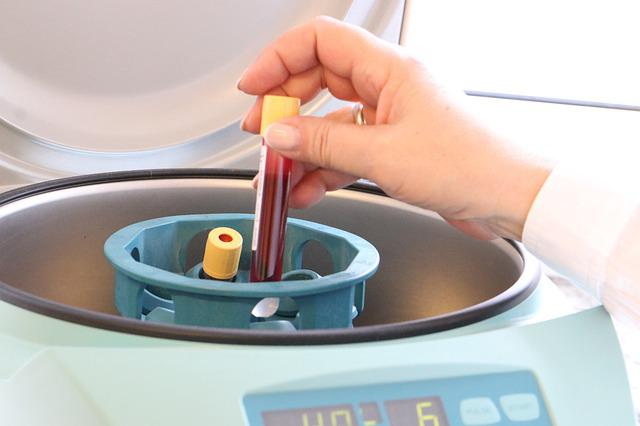What is the meaning of in vitro diagnosis?
In vitro diagnostic industry technology is very closely related to medical testing technology. the development of IVD industry is accompanied by the development of biochemistry, immunology, molecular biology, automation, information technology and other fields.
In vitro diagnosis refers to taking specimens such as blood, body fluids and tissues out of the human body and testing and calibrating the specimens using in vitro testing reagents, kits, calibrators, quality control products and instruments. In vitro diagnosis is a discipline used for disease prevention, diagnosis, treatment monitoring, prognosis determination, prediction and health evaluation.
The instruments, reagents and consumables required in the process of in vitro diagnostic testing make up the in vitro diagnostic system. In vitro diagnostic system brings together biology, medicine, machinery, optics, electronics, computer, engineering design and manufacturing and other related technologies.
What is IVD used for?
The role of in vitro diagnostic technology for clinical medicine and medical testing is to improve the efficiency of diagnosis, accelerate the speed of testing, ensure the quality of testing, expand the scope of testing, improve the level of automation and reduce the cost of testing.
Classification of in vitro diagnostic products
In China, in vitro diagnostic products refer to in vitro diagnostic reagents managed by medical devices, including reagents, kits, calibrators, quality control products, etc. that can be used alone or in combination with instruments, apparatus, equipment or systems for in vitro testing.
According to different classification methods, they can be divided into different in vitro diagnostic products.
According to the classification of testing principles or testing methods, they can be divided into eight categories: biochemical diagnostic products, immune diagnostic products, molecular diagnostic products, microbial diagnostic products, urine diagnostic products, coagulation diagnostic products, hematology and flow cytometry diagnostic products, and on-site rapid diagnostic products.
Among them, biochemical diagnostics, immunodiagnostics, molecular diagnostics and POCT diagnostic products are the four main categories of in vitro diagnostics in China.
1、Biochemical diagnosis.
Biochemical diagnosis is mainly used to determine enzymes, sugars, lipids, proteins and non-protein ammonia, inorganic ions, liver function, kidney function and other indicators.
Biochemical diagnostic products started early in China, with mature development and low cost, and are the most routine testing items in hospitals, with perfect types and stable quality, and have occupied most of the market.
2、Immunodiagnosis
Immunodiagnosis is mainly used in the detection of hepatitis, venereal disease, tumor, early pregnancy, etc.. Methodology mainly includes enzyme immunoassay, fluorescence immunoassay, chemiluminescence, colloidal gold, etc.
From the current point of view, the foreign market is dominated by chemiluminescence, and the domestic market is dominated by chemiluminescence and enzyme-linked immunoassay. In terms of the method and automation of in vitro detection, chemiluminescence is superior to enzyme-linked immunity, but enzyme-linked immunity has the advantage of low cost and can be operated on a large scale.
3、point-of-care testing
Point-of-care testing, POCT, is also known as on-site rapid diagnosis, bedside diagnosis. Currently POCT is widely used in the detection of cardiovascular diseases, diabetes, infectious diseases. At the same time, POCT is also applied to drug residue detection, coagulation index detection, tumor marker detection, blood gas analysis, rapid allergen detection, blood ethanol detection, toxicological analysis, etc.
4、Molecular diagnosis
Molecular diagnosis is mainly conducted at the gene level, with three major products: polymerase chain reaction PCR, in situ hybridization ISH and gene chip.
Due to the high technical requirements, molecular diagnosis is currently less used, but has great potential for development and has great application in future individualized diagnosis and treatment, genetic disease screening and diagnosis, drug metabolism genomics, and detection of major outbreak epidemics.
According to the classification of the level of risk of the products, they can be divided into three categories of products.

Class A
Microbial culture media, products for sample processing.
Category B
Except for Class A and Class C, including reagents for protein, glycans, hormones, enzymes, lipids, vitamins, inorganic ions, drugs and drug metabolites, autoantibodies, and other physiological, biochemical or immune function index tests.
Class C
-
Including reagents related to the detection of antigens and antibodies of pathogenic pathogens as well as nucleic acids.
-
Reagents related to blood grouping and tissue typing.
-
Reagents related to human genetic testing, reagents related to hereditary diseases, reagents related to the detection of narcotic drugs, psychotropic drugs, toxic drugs for medical use.
-
Reagents related to detection of therapeutic drug targets.
-
Reagents related to tumor marker detection.
-
Reagents related to allergens, etc.



